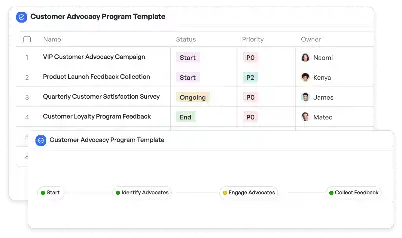Audio Hardware DAC Linearity Test
Achieve project success with the Audio Hardware DAC Linearity Test today!

What is Audio Hardware DAC Linearity Test?
The Audio Hardware DAC Linearity Test is a critical evaluation process used to measure the performance of Digital-to-Analog Converters (DACs) in audio hardware. This test ensures that the DAC accurately converts digital signals into analog signals without introducing distortion or non-linearity. In the context of high-fidelity audio systems, such as professional studio equipment or high-end consumer electronics, maintaining linearity is essential for preserving sound quality. The test typically involves generating a series of input signals, analyzing the output, and comparing it against expected results. By identifying deviations, engineers can fine-tune the hardware to meet industry standards. This process is particularly important in scenarios where audio precision is paramount, such as in music production, automotive audio systems, and portable audio devices.
Try this template now
Who is this Audio Hardware DAC Linearity Test Template for?
This template is designed for audio engineers, quality assurance teams, and product developers working in the audio hardware industry. It is particularly useful for professionals involved in the design, testing, and validation of DACs in various applications. Typical roles include hardware engineers, sound designers, and quality control specialists. For instance, an engineer developing a new portable audio device can use this template to ensure the DAC meets performance benchmarks. Similarly, a quality assurance team in an automotive company can apply this test to validate the audio system in a new car model. The template is also valuable for researchers and academics studying audio signal processing and hardware performance.

Try this template now
Why use this Audio Hardware DAC Linearity Test?
The Audio Hardware DAC Linearity Test addresses specific challenges in ensuring audio quality and hardware reliability. One common issue is the introduction of harmonic distortion, which can degrade sound clarity. This template provides a structured approach to identify and mitigate such problems. Another challenge is maintaining performance consistency across different operating conditions, such as temperature variations or power fluctuations. By using this template, engineers can simulate various scenarios and validate the DAC's robustness. Additionally, the test helps in benchmarking the hardware against competitors, providing a competitive edge in the market. The template's detailed guidelines and predefined workflows make it easier to conduct comprehensive tests, saving time and reducing the risk of oversight.

Try this template now
Get Started with the Audio Hardware DAC Linearity Test
Follow these simple steps to get started with Meegle templates:
1. Click 'Get this Free Template Now' to sign up for Meegle.
2. After signing up, you will be redirected to the Audio Hardware DAC Linearity Test. Click 'Use this Template' to create a version of this template in your workspace.
3. Customize the workflow and fields of the template to suit your specific needs.
4. Start using the template and experience the full potential of Meegle!
Try this template now
Free forever for teams up to 20!
The world’s #1 visualized project management tool
Powered by the next gen visual workflow engine




